In the heart of Beijing, amidst the whirlwind of modern life and ancient grandeur, a distinct fragrance often wafts through narrow alleyways and elegant dining rooms – the enticing aroma of simmering broth and thinly sliced meat. This scent, deeply woven into the city's culinary tapestry, emanates from a revered vessel: the Beijing copper hot pot. More than merely a cooking utensil, this gleaming artifact represents centuries of tradition, communal spirit, and a unique sensory experience that continues to captivate locals and visitors alike, offering a warm, tangible link to the city's soul.
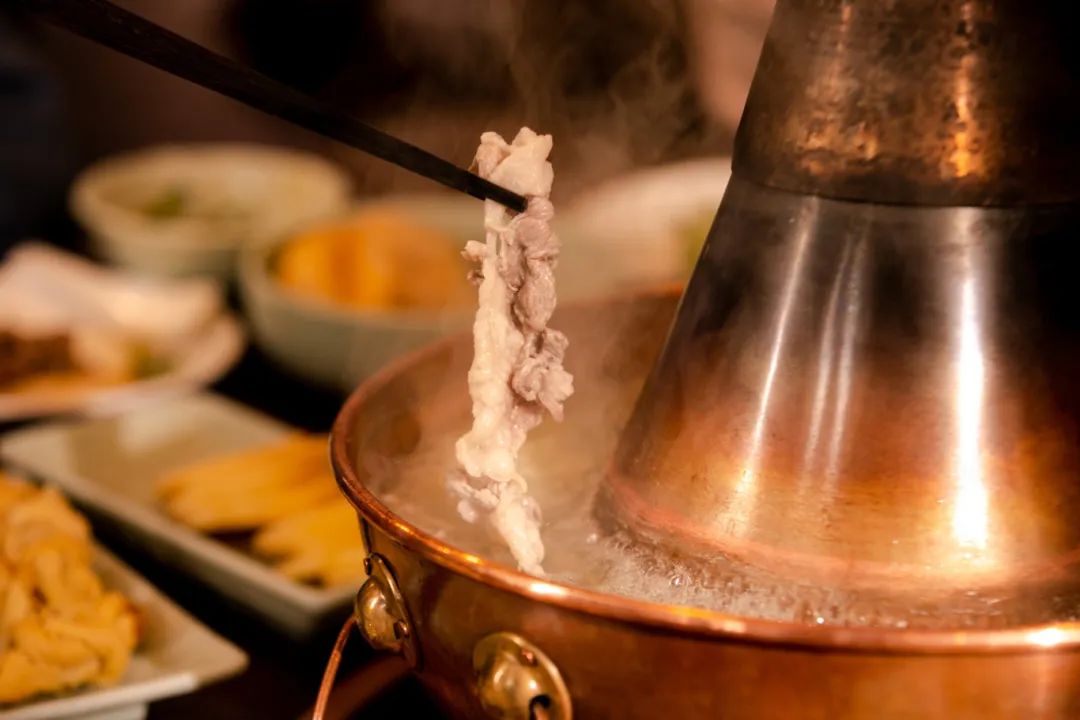
The Beijing copper hot pot, instantly recognizable by its distinctive chimney rising from the center of a wide, shallow basin, boasts a lineage stretching back centuries, rooted in the nomadic traditions of Northern China. Its immediate ancestry connects to the Mongolian hot pot, adapted and refined within the imperial courts and bustling neighborhoods of Beijing. Crafted traditionally from nearly pure copper, often exceeding 99% purity, these pots are not mass-produced novelties but frequently handmade works of functional art. Artisans meticulously hammer sheets of copper into the characteristic basin shape, carefully soldering the central funnel-like chimney and frequently lining the interior with a thin layer of tin to prevent oxidization and ensure food safety. This chimney is the defining genius of its design, drawing smoke and gases upwards and away from the diners while simultaneously concentrating the intense heat of burning charcoal – historically the sole fuel source – directly onto the broth below. The result is a fiercely bubbling cauldron at the chimney's base, surrounded by a gentler simmering moat, creating perfect zones for different cooking techniques. Copper's exceptional thermal conductivity ensures rapid, even heating, allowing precise control over the cooking process, a crucial element when mere seconds determine the fate of delicate ingredients. The pot itself, polished to a warm, reddish-gold sheen, becomes a radiant centerpiece, a literal hearth around which the meal unfolds.
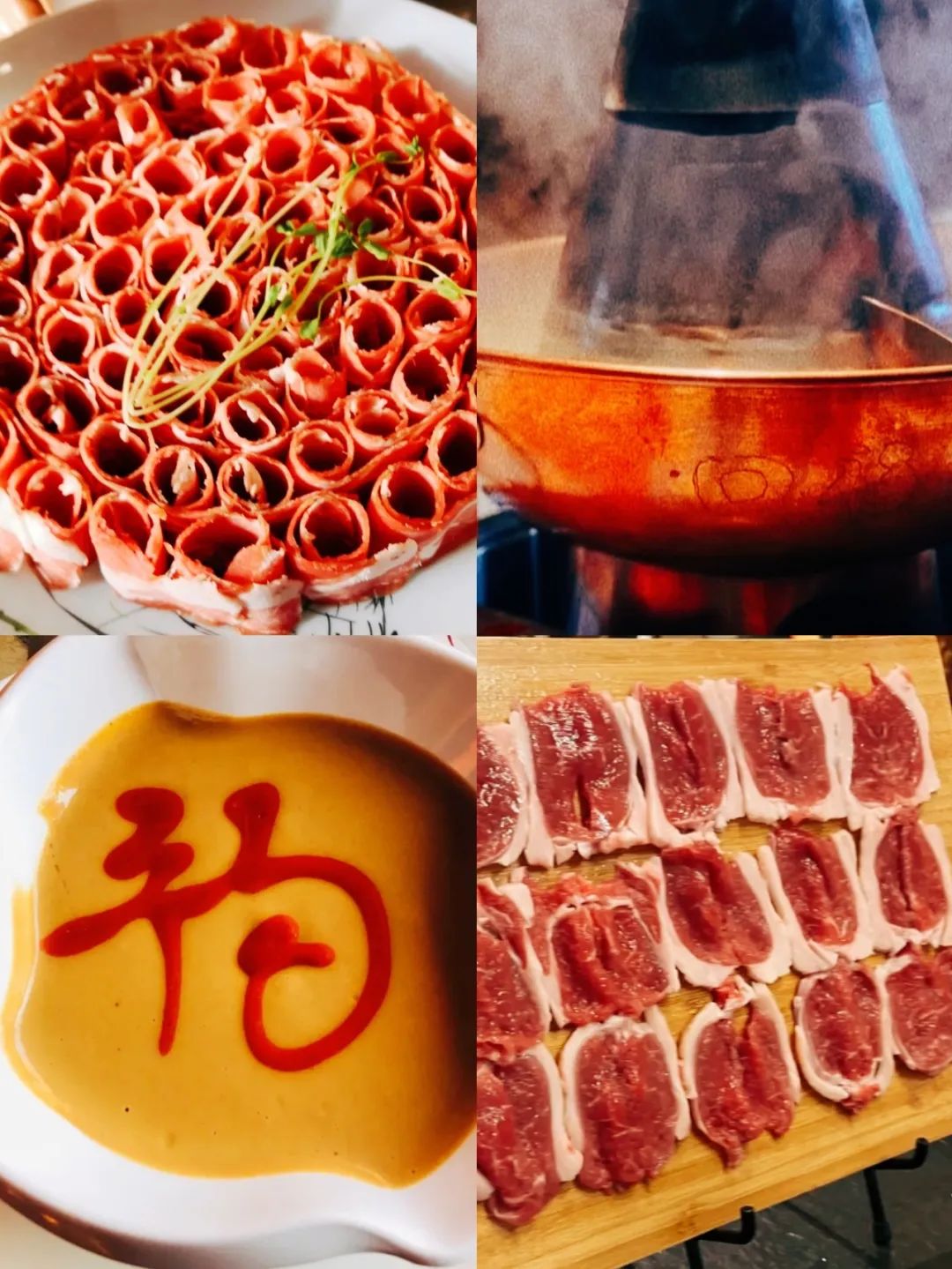
While the vessel is iconic, the true soul of the Beijing copper hot pot experience lies harmoniously within the broth and the meticulously selected ingredients plunged into its depths. The foundation is typically a masterful stock – Qingtang (clear broth) or, less commonly but equally revered, Hongtang (red broth). Qingtang reigns supreme in authenticity. Its preparation is an act of patience and respect for ingredients. Generous quantities of prime mutton bones, sometimes combined with chicken or pork bones, are simmered for hours, even days, with minimal embellishment – perhaps a few slices of ginger, a touch of scallion, and occasionally a discreet star anise pod or two. The goal is purity, coaxing out the intrinsic, rich sweetness of the bones, resulting in a broth that is crystal clear yet deeply flavorful, fragrant, and nourishing. This clarity allows the natural colors and textures of the cooked ingredients to shine. Hongtang, while less traditional to the pure Beijing style, offers a bolder alternative, infused with fermented bean curd, chili oil, and various spices, delivering a complex, savory, and sometimes fiery kick, though often toned down compared to Sichuan counterparts.
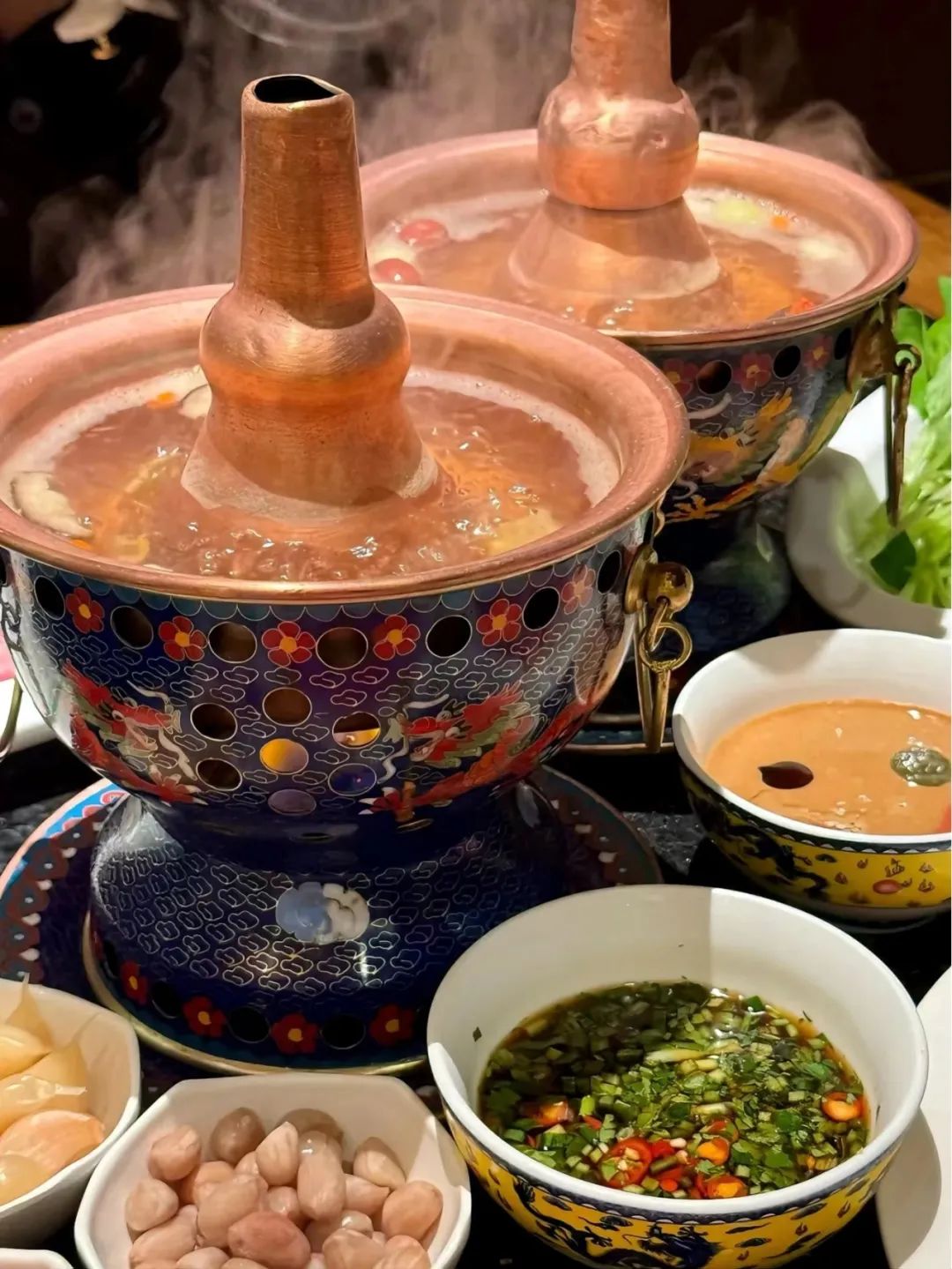
The undisputed star ingredient, inseparable from the Beijing copper hot pot ritual, is mutton. Specifically, it is the art of shuan yangrou – instant-boiled mutton. Not just any cut will suffice. Prime, lean lamb, meticulously trimmed of excessive fat and connective tissue, is chosen. The magic, however, lies in the preparation. Skilled butchers employ a technique where partially frozen legs of lamb are shaved into astonishingly thin, almost translucent slices using razor-sharp knives or specialized machines. These slices, often laid out in elegant overlapping patterns resembling delicate pink blossoms or intricate marble patterns on ceramic plates, possess minimal fat marbling. Their extreme thinness is critical; it allows the lamb to cook almost instantaneously upon contact with the fiercely bubbling broth near the chimney. Dipped briefly – literally a matter of three to five seconds – the meat transforms from raw blush to a tender, succulent gray-pink, retaining all its inherent sweetness and none of the gaminess sometimes associated with lamb. To cook it longer is considered sacrilege, resulting in tough, flavorless meat. Beyond mutton, other ingredients join the feast: tender beef slices, fresh seafood like shrimp or scallops, an array of mushrooms (especially enoki and shiitake), leafy greens (napa cabbage, spinach, crown daisy), bean curd variations, transparent mung bean noodles (fen si), and plump dumplings or delicate fish balls. Each item is cooked swiftly in the roiling broth or gently simmered in the surrounding gentler heat, contributing its unique essence to the communal pot.
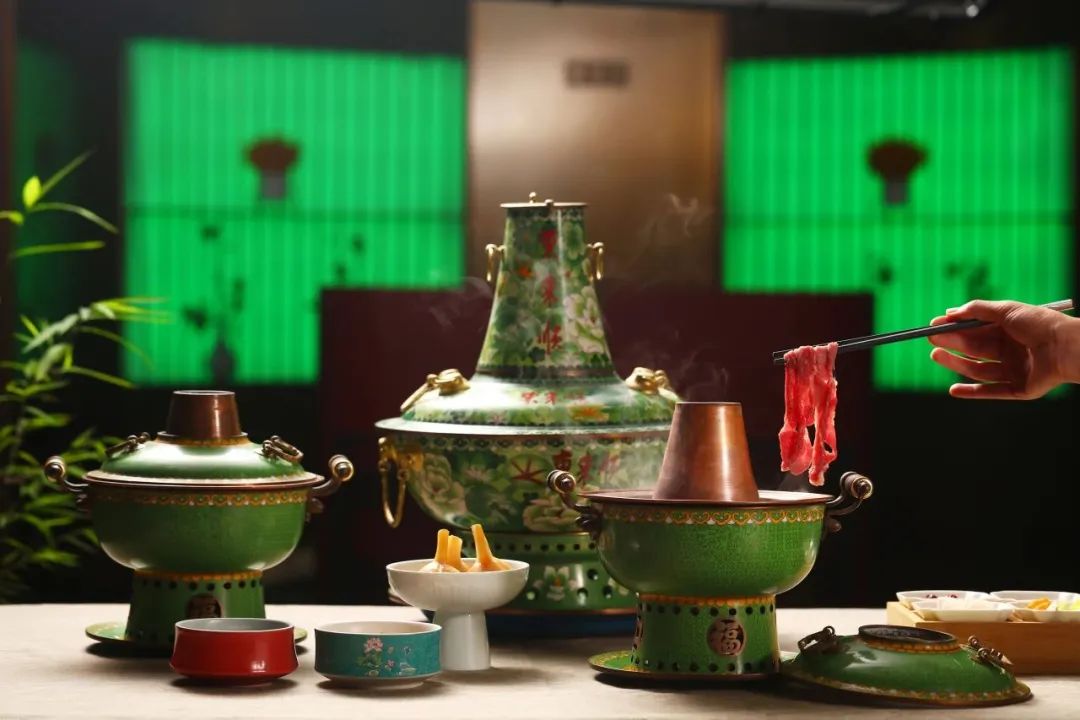
Yet, the experience transcends the simple act of cooking food in broth. It is a symphony of sensations and a deeply ingrained social ritual. The pot arrives at the table, its chimney actively drawing the fumes from glowing charcoal embers nestled within its base (modern versions safely use electricity or propane, replicating the heat pattern, but purists still seek the authentic charcoal aroma). The broth simmers invitingly, steam rising in aromatic wisps, creating an atmosphere of warmth and anticipation. Diners gather closely around the radiant copper centerpiece, often on low stools around a round table designed for sharing. Each participant receives their own small bowl, but the cooking vessel itself is fiercely communal. Plates piled high with the paper-thin lamb slices and other chosen ingredients encircle the gleaming pot. Armed with chopsticks, individuals deftly pick up slices of lamb or other morsels and plunge them into the vigorously bubbling zone near the chimney. The air fills with the gentle clinking of chopsticks against bowls, the soft bubbling of the broth, and the murmur of conversation. The swift cooking requires attention and coordination, adding an interactive, almost performative element to the meal. The steamy warmth radiating from the pot is particularly cherished during Beijing's notoriously harsh winters, making the hot pot not just a meal but a source of physical comfort and convivial sanctuary against the cold.
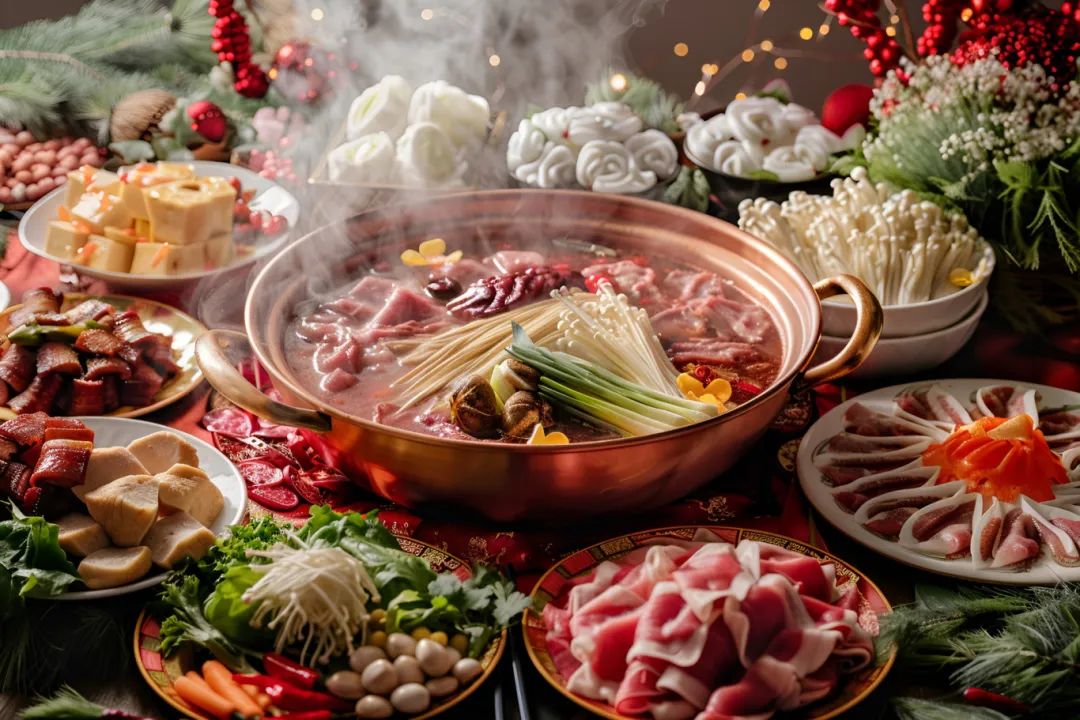
No journey into the world of Beijing hot pot is complete without homage to the sacred ritual of the dipping sauce. This is where personalization truly flourishes. While the broth and mutton are constants, the sauce is the individual's canvas. The foundation is invariably Sesame Paste Sauce (zhī ma jiàng), made from ground roasted sesame seeds, thinned to a creamy consistency with broth or oil, and seasoned with fermented tofu (fu ru), shrimp paste (optional), chopped cilantro, scallions, and sometimes a touch of sugar or chili oil. Diners often customize their blend from an array of condiments presented at the table: pungent raw garlic paste, fiery chili oil or fresh chilies, fragrant coriander, finely chopped scallions, soy sauce, vinegar, sesame oil, and perhaps fermented bean curd paste. Mixing the perfect sauce – balancing nuttiness, savoriness, pungency, and heat – is a cherished skill passed down through generations. Each bite of cooked lamb or vegetable is swiftly retrieved from the communal pot and swirled through this intensely personal concoction before consumption. The cool, complex sauce provides a counterpoint to the hot, simply flavored meat, creating a burst of layered flavors in every bite – the clean sweetness of the lamb, the savory richness of the broth clinging to it, and the powerful, customized symphony of the sauce.
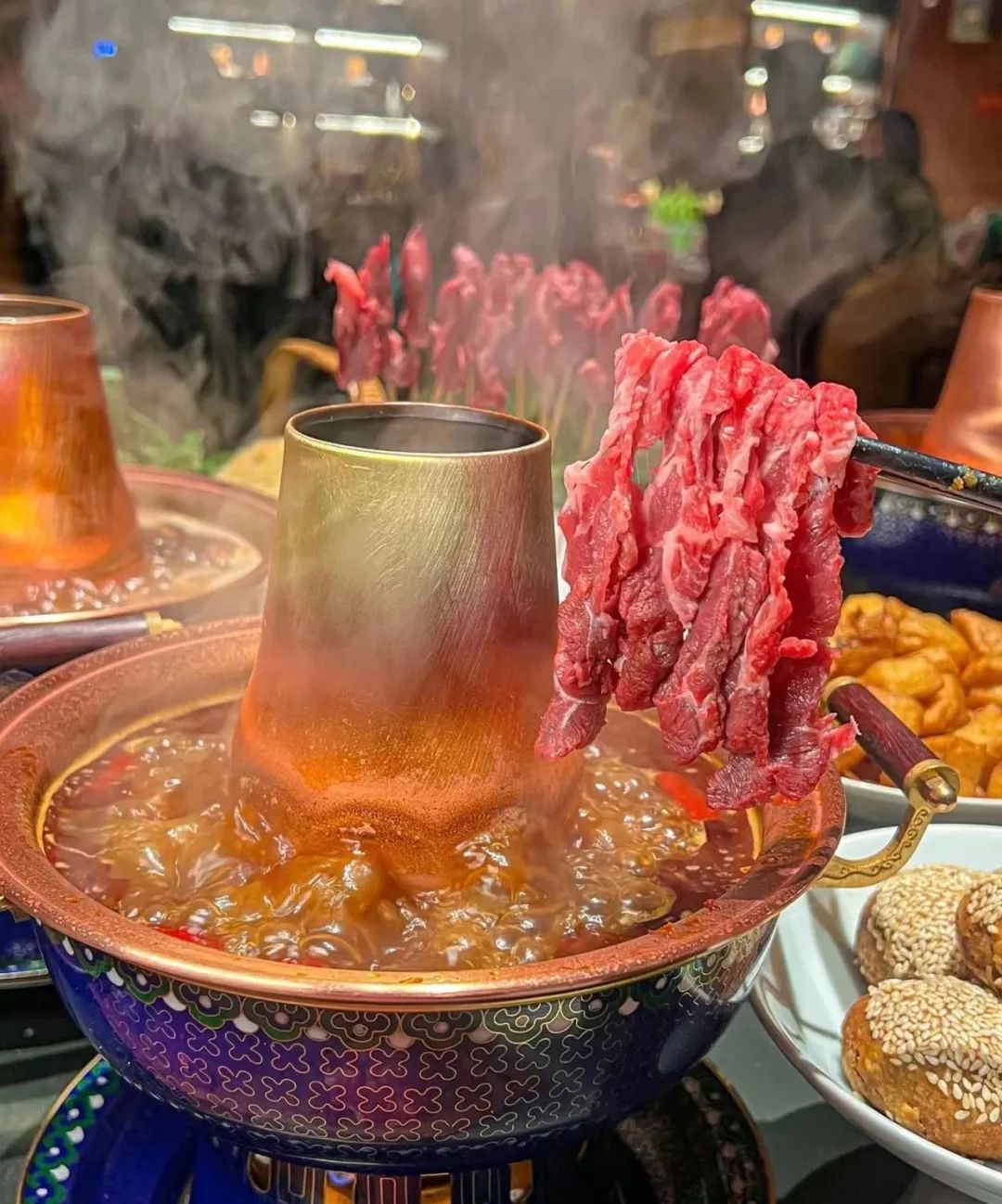
The Beijing copper hot pot is far more than a method of preparing food; it embodies a profound philosophy of dining and social interaction. It is inherently communal. Sharing a single pot necessitates conversation, coordination, and a shared sense of enjoyment. The act of cooking together, watching ingredients transform in the shared broth, and reaching across the table fosters connection and intimacy. It slows down the meal, encouraging lingering conversation and strengthening bonds between family and friends. Generations gather around its warmth, sharing stories along with the food. The pot itself symbolizes unity and shared prosperity. The charcoal fire, historically central, represented vitality and the gathering of warmth. The circular shape of the pot and the typical round table emphasize equality and inclusiveness – there is no head, no foot; all participants face the shared hearth. In a rapidly modernizing metropolis like Beijing, the copper hot pot offers a comforting anchor to tradition, a tactile connection to history amidst glass and steel. It speaks of resilience, continuity, and the enduring importance of gathering, sharing warmth, and savoring life’s simple, fundamental pleasures – good food, good company, and the elemental comfort of heat and steam.
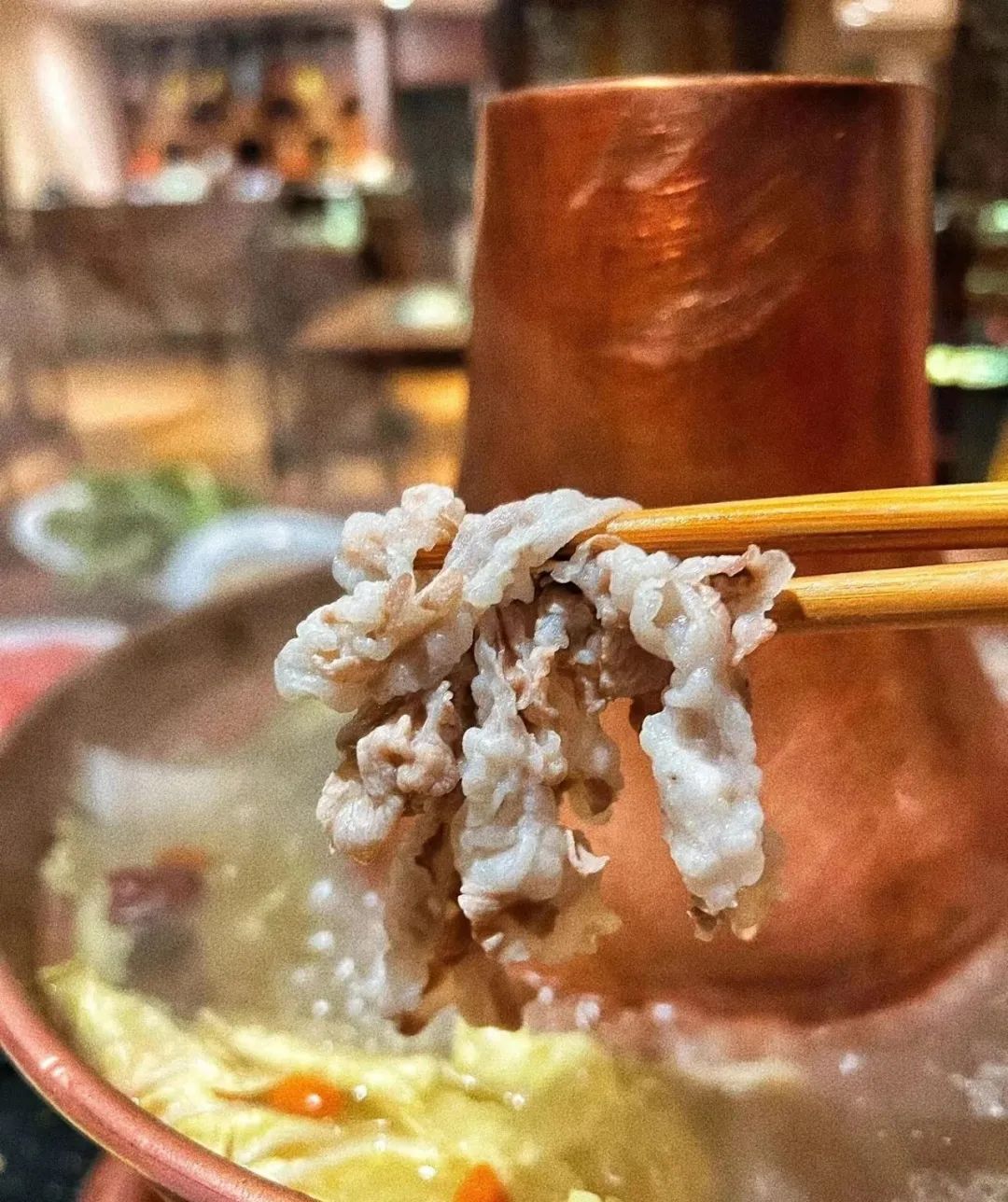
Encountering a Beijing copper hot pot is an immersion into a living tradition. The gleam of the polished metal catching the light, the hypnotic dance of steam rising from the central chimney, the sharp, clean scent of simmering bone broth mingling with the richer aroma of sesame paste and garlic, the sizzle as thinly sliced lamb meets the seething liquid, and the collective focus of diners orchestrating their chopsticks – these elements combine into an unforgettable sensory and cultural experience. It is a taste of history forged in copper, fueled by fire, and defined by togetherness. For the visitor to Beijing, seeking authentic connection beyond the guidebook highlights, sitting down around this radiant communal hearth offers a profound glimpse into the city's heart. It is an invitation to participate in a ritual that has warmed bodies and spirits for centuries, a delicious testament to the enduring power of shared warmth and meticulously crafted tradition in the heart of an ancient capital. To partake is to understand, viscerally, a vital strand of Beijing's culinary and social fabric.



